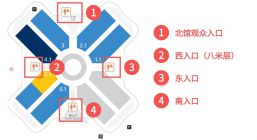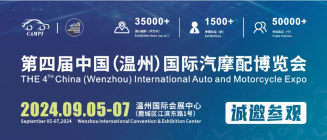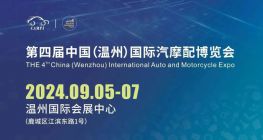No matter "smart connected cars" or "smart electric cars", they are now being sought after by car companies and users. It's just that the hot environment has also spawned a "virtual fire", and what we as consumers and the entire industry have to do is to distinguish between good and bad and do our best to extinguish it.
Xiaomi announced that it will build cars, Didi will eventually be in the game, and Weilai will deliver more than 100,000 vehicles. The recent dizzying news has completely detonated the entire car circle and has also pushed the popularity of the smart electric vehicle segment again. climax.

The time has been pulled back to two years ago. With the influence of external factors such as subsidy decline, the overall market of the new energy market has begun to fluctuate sharply, and sales have experienced a month-on-month decline for many consecutive months. Fortunately, with the completion of the transition of the terminal structure from the B-side to the C-side, and the continuous iterative update of the products of Tesla, Weilai, Xiaopeng, Ideal, BYD and other auto companies, it is finally difficult to achieve a stabilization, recovery, The upward process.
At the same time, fiercer competition has eliminated a number of vehicles built by new forces that are weak in resisting risks or have speculative purposes when they entered the game. Byton, Bojun, and Sailin, these villains who have caused a wave of waves, collapsed in an instant, and finally fell into the abyss, leaving only a chicken feather.
It's just that when the big reshuffle is over, and secretly glad that the "story" will develop on the bright side. As bystanders, we suddenly discovered that the "virtual fire" of new energy still exists, and there is a growing trend. Frequent negative news reflects the extremely immature development model of the sector and the lack of corresponding regulatory policies.
In the future, if such a vicious circle cannot be changed quickly, what will really be a drag will be the “electrification” transformation that the auto industry should be desperately running, which will be accepted by more consumers.
These "stubborn diseases" can be cured
"Exaggeration, water injection, and dumping of the pot have become the biggest stubborn diseases at present." Not long ago, Xinhua News Agency, as China's most authoritative media, chose to speak out. It criticized and pointed out the findings of China's new energy automobile industry in the past year. problem lies in. Behind the scenes, what is more reflected is the faint worry about it.
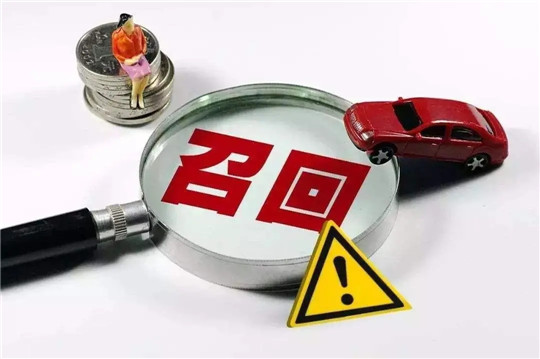
As we all know, the State Administration for Market Regulation has currently announced the car recall plan of a group of auto companies. Among the more than 40,000 vehicles recalled due to safety hazards, more than 33,000 pure electric new energy vehicles account for more than 80%. Regardless of Tesla, BYD, GAC Aian, BAIC New Energy, Weimar, these currently the most advanced new energy car companies, due to various reasons, vehicles have spontaneous combustion.
At the same time, exaggerated publicity is causing public dissatisfaction. Not long ago, a car company's news that the power battery successfully achieved a technological breakthrough with a battery life of more than 1,000 kilometers quickly ignited a heated discussion in the entire industry. However, careful study found that although it has a certain breakthrough, in essence, it is still a kind of "word game" for marketing.
In the configuration tables of some low-end pure electric models, it is often found that some of the more common functions on fuel vehicles, such as ACC adaptive cruise and AEB emergency braking, are all dubbed "black technology". It has even become the selling point of the product. However, after the consumers actually experience it, they will find that it is no different from the experience brought by most competing products.
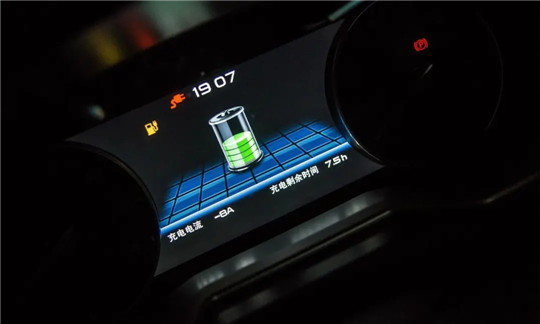
And "endurance water injection" is also becoming the main pain point affecting the increase in the penetration rate of electric vehicles. Careful observation is not difficult to find that the current mainstream products on sale, NEDC's comprehensive working condition cruising range has easily exceeded 500-600 kilometers. But in actual experience, especially in a cold winter environment, you will find that all models will be greatly discounted, and in severe cases, there will even be more than 40% shrinkage.
Indeed, the chemical properties and physical characteristics of power batteries are the fundamental reason for this situation. However, car companies blindly pursue the eye-catching parameter data, filling the cruising range with water and false bids; coupled with the relevant sales staff, in the process of introducing products to users, the lack of effective advance notice and the popularization of precautions have jointly caused users It’s difficult to understand, and the chaos of the entire industry.
As for "sweeping the pot", typical examples may focus on Tesla and ideals. The former always tries to attribute the cause to the misoperation of the car owner in many traffic accidents where the vehicle accelerates for no reason and eventually causes serious consequences. Obviously, this approach is not convincing enough in the face of the recent increasing negatives. On the contrary, it is seriously affecting the American car company, which is already in the precarious "trust" of the domestic market.
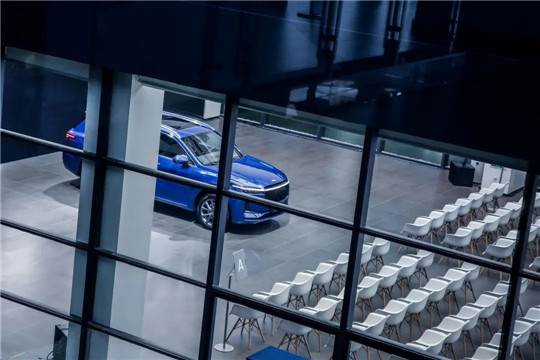
The latter operation is even more puzzling. Throughout 2020, Ideal ONE has been exposed to multiple shaft breakage incidents, and it has been prevaricated by hardware optimization and upgrades. In the end, it was under pressure from the entire industry that the design flaws were admitted and the problematic vehicles were recalled on a large scale. It must be admitted that as a car that has just been delivered soon, problems like "knowing one's mistakes and not correcting them, but knowing later" should not arise.
Finally, I want to point out the chaos, and the latest round of "car dreams" that is currently being rekindled. Similar to what was mentioned at the beginning of the article, some of them must really choose to enter the larger "blue ocean" of the new energy vehicle market for greater development, and strive for qualitative changes on the enterprise side.
But for those companies that have not released a car and just want to take this opportunity to speculate on the stock price, market value, and seek capital enthusiasm, they just want to say that they have been proved that they are too speculative and will only be backed by the established laws of the industry. If the above-mentioned stubborn diseases cannot be cured, then China's new energy market will have a long way to go before it is truly mature.
Need a "threshold"
Recently, Tesla, who has long been trapped in the whirlpool of public opinion, has frequently appeared on hot searches due to "suspicion of revealing privacy" incidents. First, a foreign hacker extracted a daytime image taken by the camera in his car and spread it widely on social media platforms. Later, some domestic netizens said that Shanghai has suspended the licensing business of new Tesla electric vehicles due to information security issues, and the recovery time is unknown.

Although the second message was proved to be "Oolong" shortly afterwards, it is still unclear whether Tesla's in-car camera has problems such as revealing privacy. Regarding the incident, Tesla officially issued a statement saying: "The cab camera is currently not activated in markets outside North America. Even in the United States, car owners can freely choose whether to use it. Tesla is equipped with the world's leading safety level. Network security system to ensure user privacy protection."
However, the above remarks seem to be unable to get most people to buy it. Xinhua News Agency even criticized Tesla again by name: "Privacy in the car is not what you want." Behind the storm, what is reflected may still be focused on the current situation. With the proliferation of intelligent networked vehicles, the lack of corresponding regulatory policy standards has resulted in such a phenomenon full of loopholes.
In this context, according to the official website of the Ministry of Industry and Information Technology of the People’s Republic of China, in order to strengthen the management of road motor vehicle production enterprises and product access, and promote the healthy and orderly development of the intelligent networked automobile industry, the Ministry of Industry and Information Technology of the Ministry of Industry and Information "Guidelines for Access Management of Networked Automobile Manufacturers and Products (Trial)" (Draft for Solicitation of Comments).

Among them, it is clearly mentioned that intelligent networked automobile manufacturers should collect, use and protect personal information in accordance with the law, implement data classification and hierarchical management, develop important data catalogs, and must not disclose sensitive information related to national security. Personal information and important data collected and generated during operations within the territory of the People's Republic of China shall be stored in the territory in accordance with relevant regulations. If it is really necessary to provide it overseas due to business needs, it should be reported to the competent department of the industry.
In addition, in the draft for comments, it is also stated that intelligent networked automobile manufacturers should meet the requirements of corporate safety assurance capabilities, establish management systems and assurance mechanisms for vehicle software upgrades, network security, and data security, and establish and improve corporate security. Monitor the service platform to ensure product quality and production consistency.
Intelligent connected vehicle manufacturers should clearly inform the vehicle design and operating conditions, human-computer interaction equipment instructions, driver responsibilities, driving automation function activation and exit methods, software upgrades and maintenance, and other information, so as to resolve the operation and maintenance of intelligent networked vehicles and traditional vehicles. The expected discrepancies that may arise in use, etc.
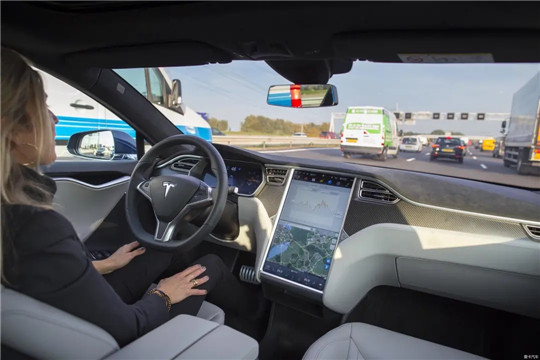
Intelligent connected car products should clarify driving automation functions and their design and operating conditions. The design operating conditions should include the design operating range, vehicle status, driver status and other necessary conditions; the design operating range should include but not limited to roads, traffic, electromagnetic environment, weather, light, etc.
Intelligent connected car products should be able to automatically detect the failure of the driving automation system and whether they continue to meet the design operating conditions, and can take risk mitigation measures to achieve the minimum risk state. In the autonomous driving mode, the intelligent networked vehicle should be able to drive safely in accordance with road traffic safety laws and regulations and relevant regulations of relevant departments.
Intelligent connected car products should have human-computer interaction functions, display the operating status of the driving automation system, and have the ability to monitor driver participation behavior. In the case of dynamic driving tasks requiring the driver's participation, the driver's ability to perform the corresponding driving tasks should be evaluated. Vehicles should be able to interact with other road users by reasonably using light signals, sounds, and other methods in accordance with laws and regulations.

Intelligent connected car products should have event data recording and automatic driving data storage functions. The data collected and recorded should at least include the operating status of the driving automation system, driver status, driving environment information, vehicle control information, etc., and should meet relevant performance and Safety requirements to ensure the integrity of the equipment recorded data in the event of a vehicle accident.
Intelligent connected car products should meet process assurance requirements such as functional safety, expected functional safety, and network security, as well as test requirements such as simulation, closed venues, actual roads, network security, software upgrades, and data storage, so as to prevent vehicles from operating under design conditions Foreseeable and preventable safety incidents occur.
Intelligent connected automobile manufacturers and products can refer to this guide to apply for access. According to relevant regulations, the Ministry of Industry and Information Technology organizes the acceptance of admission applications, technical review, application evaluation, and supervision and inspection.
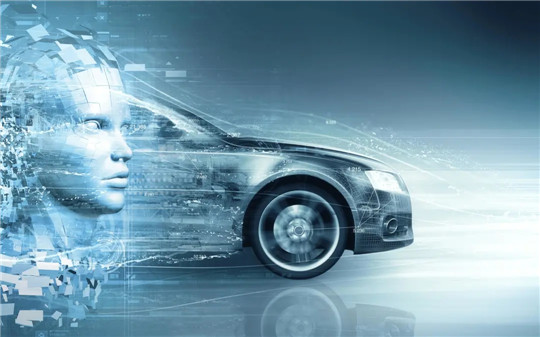
On the whole, the release of this draft for comments sets the next “threshold” for the access, production, testing, maintenance, and monitoring of intelligent networked vehicles, trying to eliminate all kinds of chaos from the root cause. The occurrence of elephants. And this, although higher design, R&D, and manufacturing requirements are put forward for the products of related car companies, but the legitimate rights and interests of consumers are guaranteed to the greatest extent.
In short, it must be admitted that whether "smart connected cars" or "smart electric cars" are currently sought after by car companies and users. It’s just that the hot environment has also spawned a “virtual fire”, and what we, as consumers, and the entire industry have to do is to distinguish between good and bad and do our best
AMS2024 Exhibition Guide | Comprehensive Exhibition Guide, Don't Miss the Exciting Events Online and Offline
Notice on Holding the Rui'an Promotion Conference for the 2025 China (Rui'an) International Automobile and Motorcycle Parts Exhibition
On September 5th, we invite you to join us at the Wenzhou Auto Parts Exhibition on a journey to trace the origin of the Auto Parts City, as per the invitation from the purchaser!
Hot Booking | AAPEX 2024- Professional Exhibition Channel for Entering the North American Auto Parts Market
The wind is just right, Qianchuan Hui! Looking forward to working with you at the 2024 Wenzhou Auto Parts Exhibition and composing a new chapter!
Live up to Shaohua | Wenzhou Auto Parts Exhibition, these wonderful moments are worth remembering!
Free support line!
Email Support!
Working Days/Hours!
